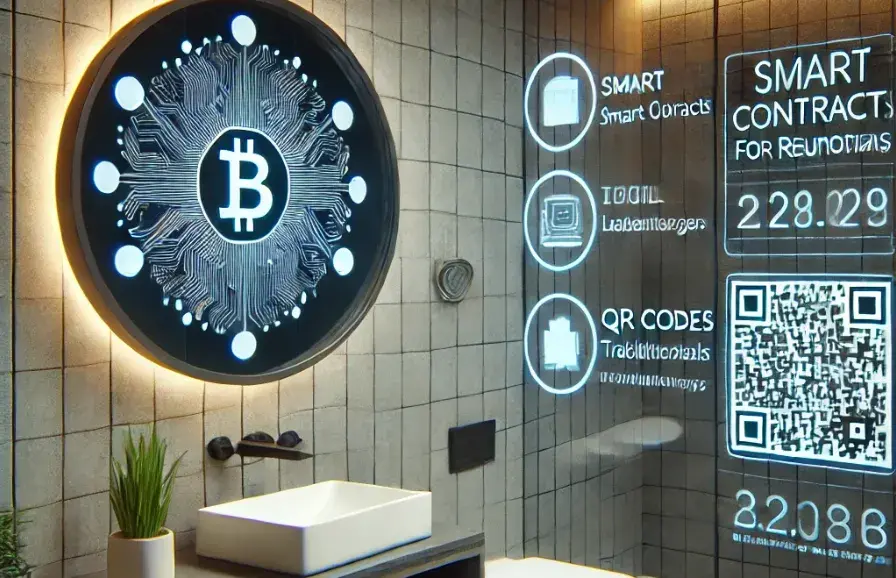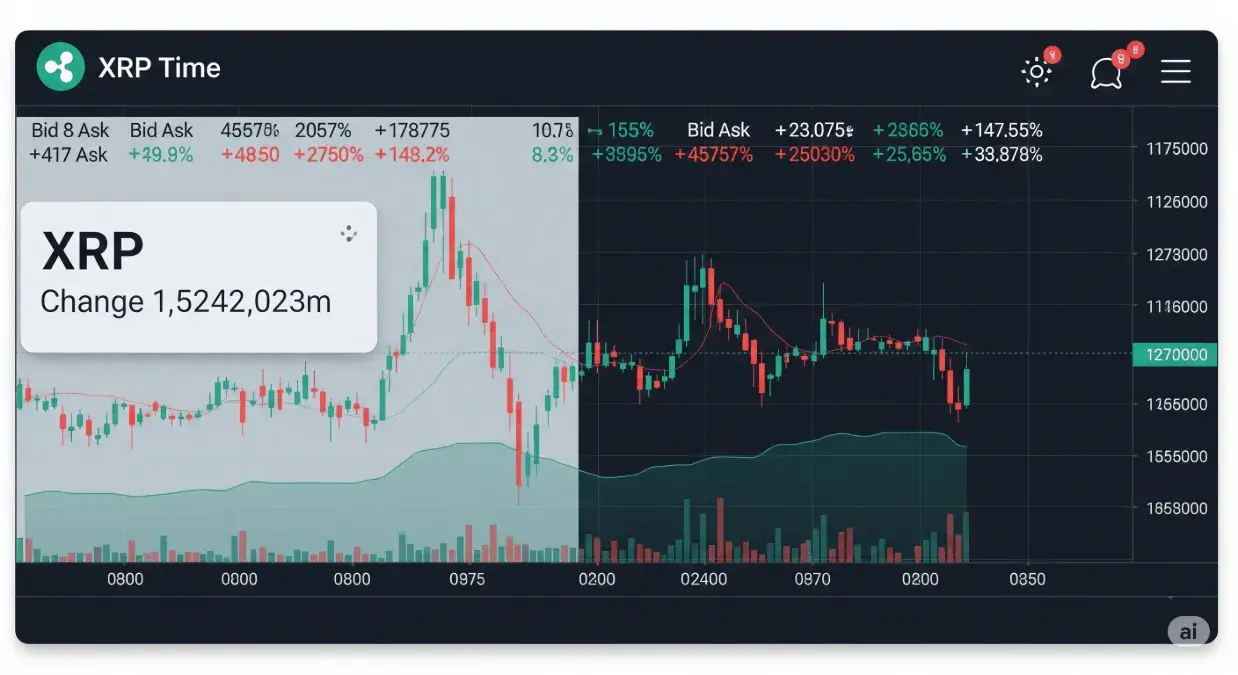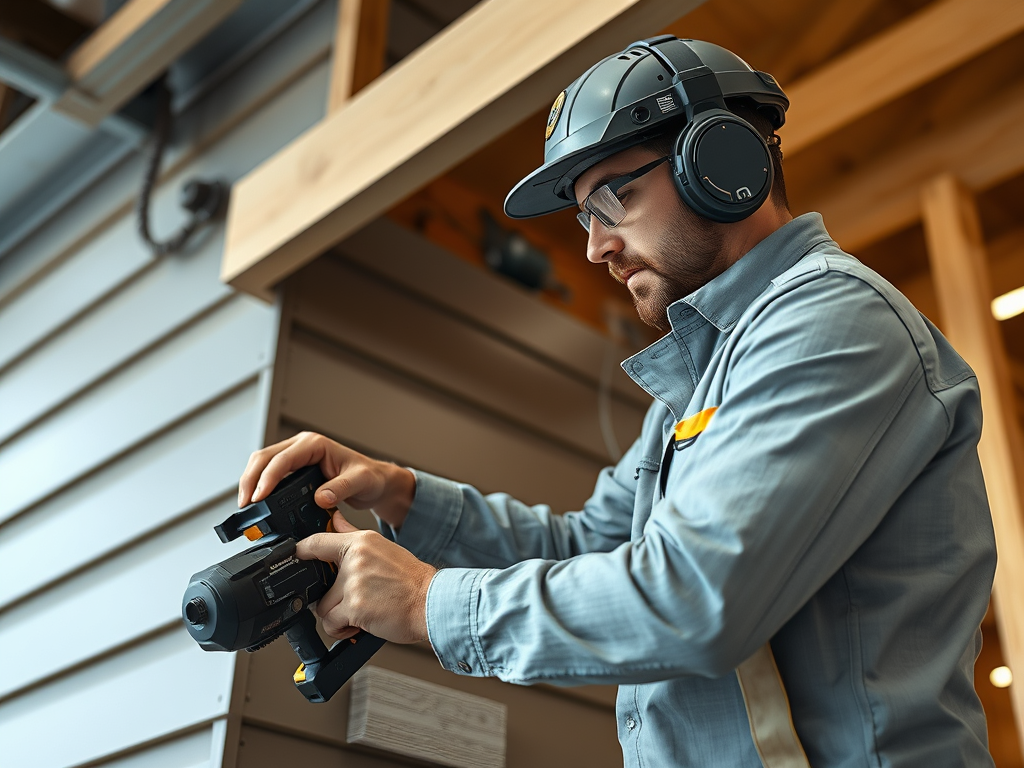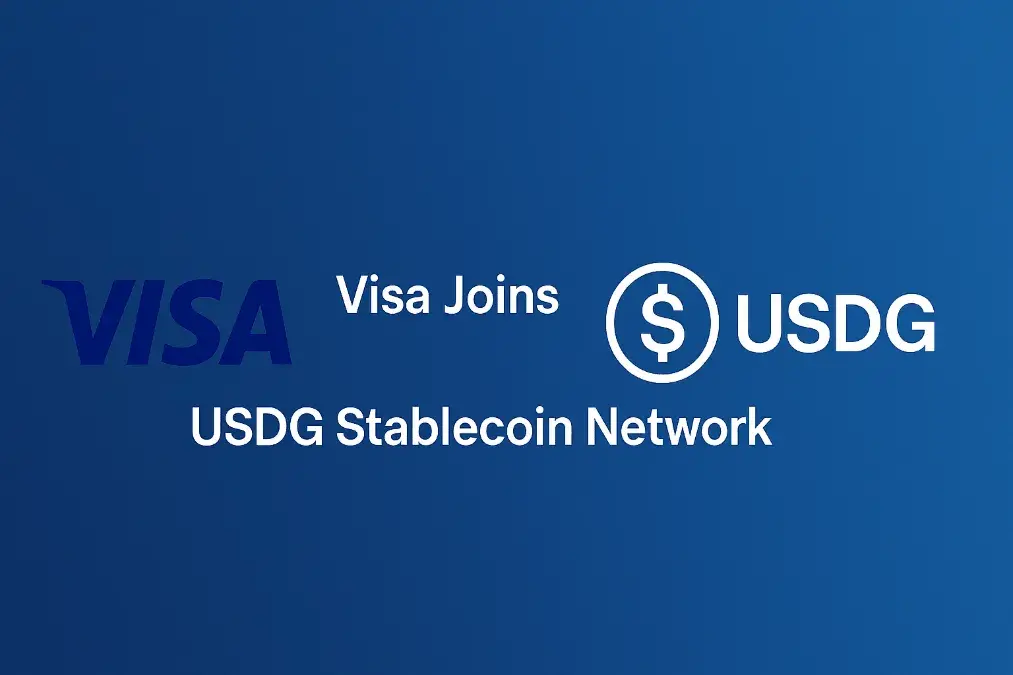Blockchain Development in Bathroom Renovation: Revolutionizing the Industry

The world of home improvement is undergoing a digital transformation, and one of the most exciting advancements is the integration of blockchain development into bathroom renovation projects. While blockchain is often associated with cryptocurrencies like Bitcoin, its applications extend far beyond finance. In the context of bathroom renovations, blockchain development is paving the way for greater transparency, efficiency, and security. This article explores how this innovative technology is reshaping the industry and why it matters to homeowners, contractors, and designers alike.
Table of Contents
What is Blockchain Development?
Before diving into its applications in bathroom renovation, it’s essential to understand what blockchain development entails. At its core, blockchain is a decentralized digital ledger that records transactions across multiple computers. This ensures that the data is secure, transparent, and tamper-proof. Each “block” in the chain contains a list of transactions, and once a block is completed, it is added to the chain in a linear, chronological order.
The decentralized nature of blockchain eliminates the need for intermediaries, reducing costs and increasing trust among parties. This technology is now being adapted for various industries, including healthcare, supply chain management, and, increasingly, construction and home improvement.
The Challenges of Traditional Bathroom Renovation
Bathroom renovations are often complex projects that involve multiple stakeholders, including homeowners, contractors, designers, and suppliers. Traditional methods of managing these projects can be fraught with challenges:
- Lack of Transparency: Homeowners may struggle to track the progress of their renovation, leading to misunderstandings and disputes.
- Payment Issues: Delays in payments or disputes over invoices can strain relationships between contractors and clients.
- Inefficient Communication: Miscommunication between parties can result in errors, delays, and increased costs.
- Supply Chain Bottlenecks: Tracking materials and ensuring their authenticity can be time-consuming and prone to errors.
These challenges highlight the need for a more efficient and transparent system, which is where blockchain development comes into play.
How Blockchain Development is Transforming Bathroom Renovation
Blockchain technology offers innovative solutions to many of the pain points associated with bathroom renovations. Here’s how:
1. Enhanced Transparency and Accountability
One of the most significant benefits of blockchain development is its ability to provide a transparent and immutable record of all transactions and activities. In a bathroom renovation project, every step—from the initial design to the final payment—can be recorded on the blockchain.
For example, homeowners can track the progress of their renovation in real-time, ensuring that contractors are meeting deadlines and adhering to the agreed-upon specifications. This level of transparency builds trust between all parties and reduces the likelihood of disputes.
2. Streamlined Payments
Blockchain can revolutionize the way payments are handled in bathroom renovations. Smart contracts, which are self-executing contracts with the terms directly written into code, can automate payments based on predefined conditions.
For instance, a smart contract could be programmed to release payment to the contractor once a specific milestone, such as the completion of tiling, is verified. This eliminates the need for manual invoicing and reduces the risk of payment delays or disputes.
3. Improved Supply Chain Management
Bathroom renovations often require a wide range of materials, from tiles and fixtures to plumbing and electrical components. Blockchain can be used to create a transparent and traceable supply chain, ensuring that all materials are sourced ethically and meet quality standards.
Each material can be assigned a unique digital identifier that is recorded on the blockchain. This allows homeowners and contractors to verify the authenticity and origin of every component used in the renovation.
4. Secure Data Management
In any renovation project, sensitive data such as contracts, design plans, and payment information must be securely stored and shared. Blockchain’s decentralized architecture ensures that this data is protected from unauthorized access and tampering.
By using blockchain, all parties can have confidence that their information is secure and that only authorized individuals have access to it.
5. Efficient Project Management
Blockchain can also streamline project management by providing a centralized platform where all stakeholders can collaborate. Designers, contractors, and homeowners can access the same information in real-time, reducing the risk of miscommunication and ensuring that everyone is on the same page.
Real-World Applications of Blockchain Development in Bathroom Renovation
While the use of blockchain in bathroom renovation is still in its early stages, several real-world applications demonstrate its potential:
Case Study 1: Smart Contracts for Payment Automation
A homeowner in California used a blockchain-based platform to manage their bathroom renovation. The platform utilized smart contracts to automate payments to the contractor based on project milestones. This not only ensured timely payments but also provided the homeowner with peace of mind, knowing that funds would only be released upon satisfactory completion of each phase.
Case Study 2: Transparent Supply Chain Tracking
A luxury bathroom design firm in Europe implemented blockchain to track the sourcing of high-end materials. By recording each material’s journey on the blockchain, the firm was able to provide clients with verifiable proof of authenticity and ethical sourcing.
Case Study 3: Collaborative Project Management
A renovation company in Australia adopted a blockchain-based project management tool to streamline communication between designers, contractors, and clients. The tool allowed all parties to access real-time updates, reducing delays and ensuring that the project was completed on time and within budget.
The Future of Blockchain Development in Bathroom Renovation
As blockchain development continues to evolve, its applications in bathroom renovation are expected to expand. Here are some trends to watch:
- Integration with IoT Devices: Blockchain could be integrated with Internet of Things (IoT) devices to monitor the condition of bathroom fixtures and appliances, enabling predictive maintenance and reducing repair costs.
- Tokenization of Assets: Homeowners could tokenize their bathroom renovation projects, allowing them to raise funds through decentralized platforms.
- Enhanced Sustainability: Blockchain could be used to track the environmental impact of materials, helping homeowners make more sustainable choices.
Stay tuned for daily cryptocurrency news!
Conclusion
The integration of blockchain development into bathroom renovation is more than just a technological trend—it’s a game-changer for the industry. By enhancing transparency, streamlining payments, improving supply chain management, and securing data, blockchain is addressing many of the challenges that have long plagued renovation projects.
For homeowners, this means greater peace of mind and a smoother renovation experience. For contractors and designers, it offers a more efficient and collaborative way to manage projects. As the technology continues to mature, the possibilities for its application in bathroom renovation are virtually limitless.
Whether you’re planning a small bathroom update or a complete overhaul, it’s worth exploring how blockchain development can enhance your project. By embracing this innovative technology, you can ensure that your renovation is not only beautiful but also efficient, transparent, and secure.





